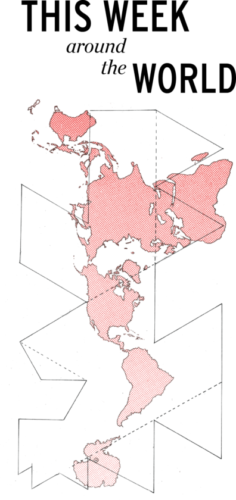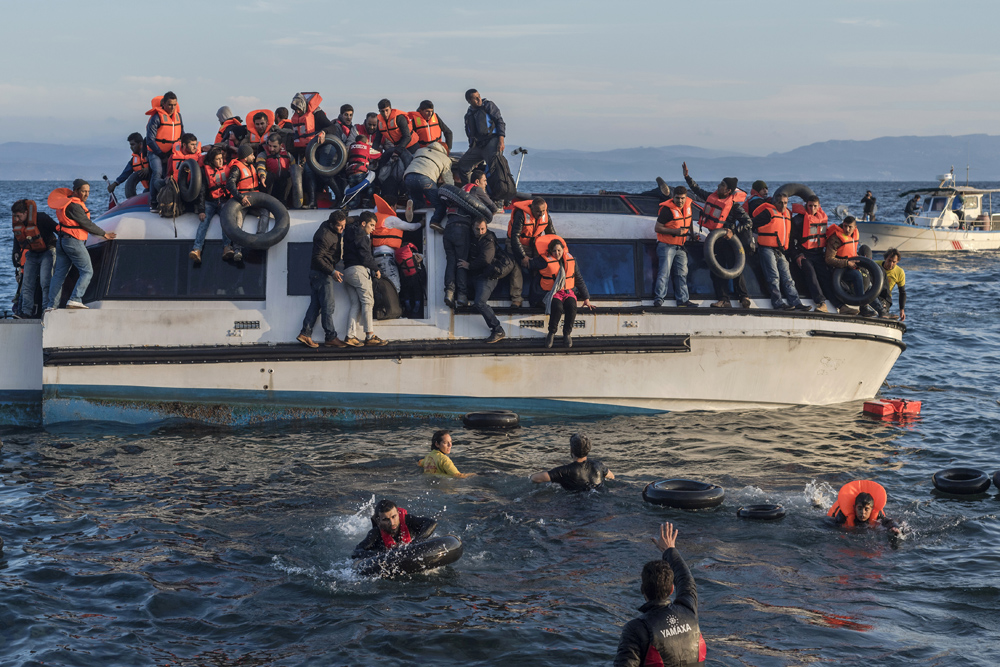Iraqi, U.S. causalities mount
High-ranking U.S. officers said the first major clash in the battle for Baghdad could begin Tuesday – a comprehensive ground assault against an entire Republican Guard division dug in between the U.S. Army and the city.
“Where the regime is, we’re coming,” said U.S. Army Brig. Gen. Vincent Brooks.
Other officers warned that the war could prove bloodier than many Americans expect and they again raised the specter of U.S. troops confronting chemical or biological weapons.
“We’re prepared to pay a very high price,” said a senior official at U.S Central Command in Doha, Qatar, who requested anonymity. “If that means there will be a lot of casualties, there will be a lot of casualties.”
One U.S. soldier was reported killed Monday in a battle in Najaf, bringing the U.S. death toll to 48, with many others wounded.
Total Iraqi military and civilian casualties could not be estimated. U.S. officials said seven Iraqi women and children were killed by U.S. troops near Najaf when their van did not stop at a checkpoint as ordered and after warning shots were fired.
Other accounts said that three Iraqi men also died in the incident and that an Army unit delayed firing warning shots until the van was so close that it alarmed other soldiers who raked the vehicle with cannon fire.
Four Army soldiers died in a suicide car bombing in the same area on Saturday and U.S. troops have been on high alert for additional suicide bombings.
To reduce the threat to U.S. soldiers and prepare the battlefield, more air strikes hammered areas in and around Baghdad early Tuesday. Eight thousand precision-guided weapons have been fired since the war began, 3,000 of them since Friday, the Pentagon said.
In Washington, the Pentagon claimed that relatives of Saddam were trying to flee the country and implicitly challenged Saddam to prove that he is alive.
“Since the coalition bombed Saddam’s headquarters at the very beginning of the war, the world has neither seen his hide nor hair, only tapes,” said Pentagon spokeswoman Victoria Clarke. “We’ve not seen his sons. We’ve seen evidence that family members are fleeing the country or trying to flee the country.”
She refused to give evidence to back up her assertion.
As for Saddam’s current condition, Iraq’s ambassador to the United Nations said he believed that his nation’s leader was alive.
“I cannot believe these kinds of speculations,” Mohammed Aldouri said. “It’s part of the propaganda war. Obviously he’s still alive and he’s the chief commander right now.”
The comments came after armored and ground elements of the Army’s 3rd Infantry Division fought their way into Hindiya, about 50 miles southwest of Baghdad.
Trading fire with Iraqi soldiers who sought shelter behind shrubbery and brick walls, U.S. forces reportedly killed at least 35 Iraqis and captured several dozen who wore the distinctive insignia of the Republican Guard.
Other U.S. forces probed the outer circle of Baghdad’s defenses as war planes relentlessly battered Iraqi positions in and around the capital. Among the targets struck Monday: the presidential palace used by the commander of the Republican Guard – Saddam’s son Qusai.



